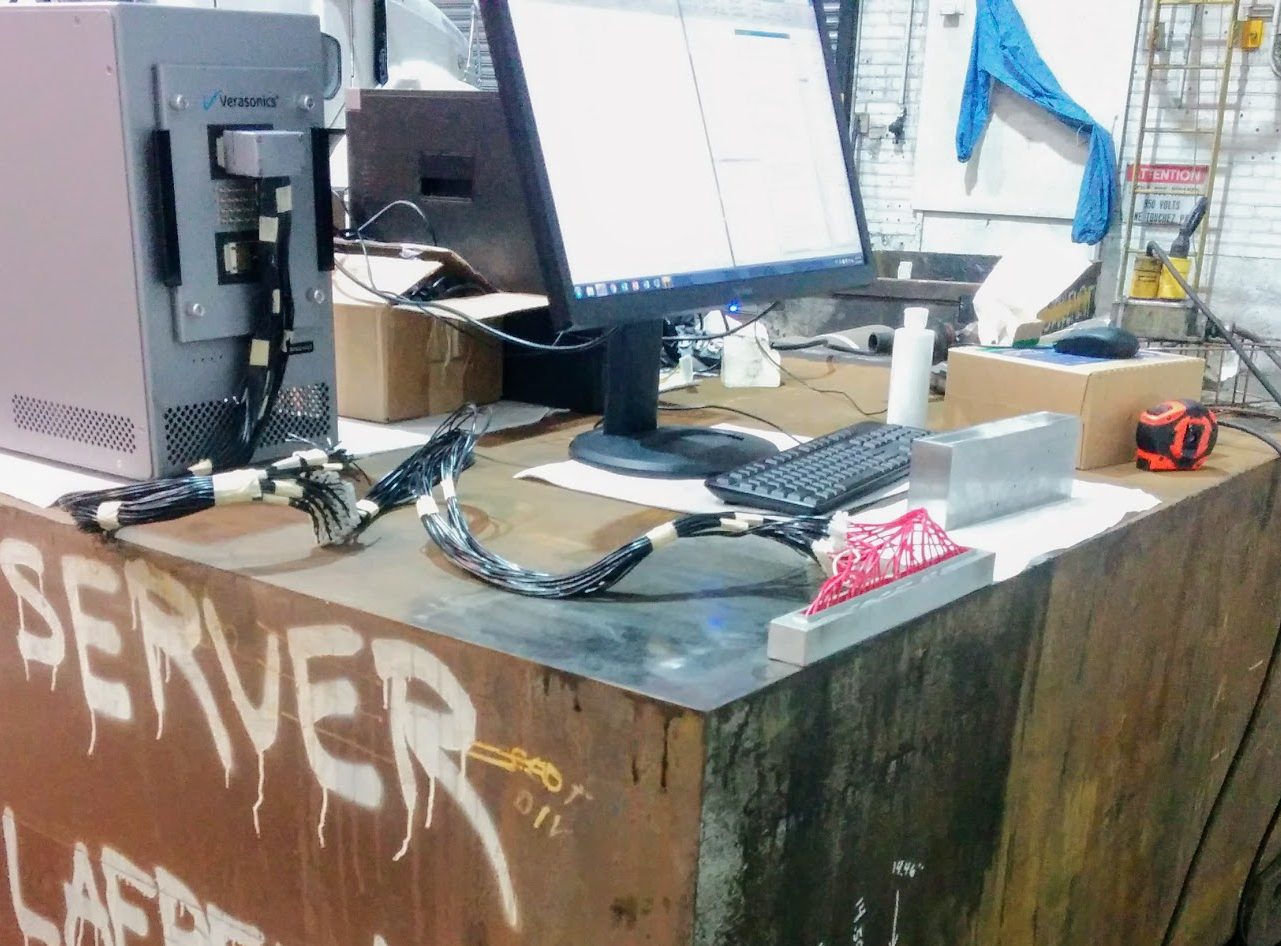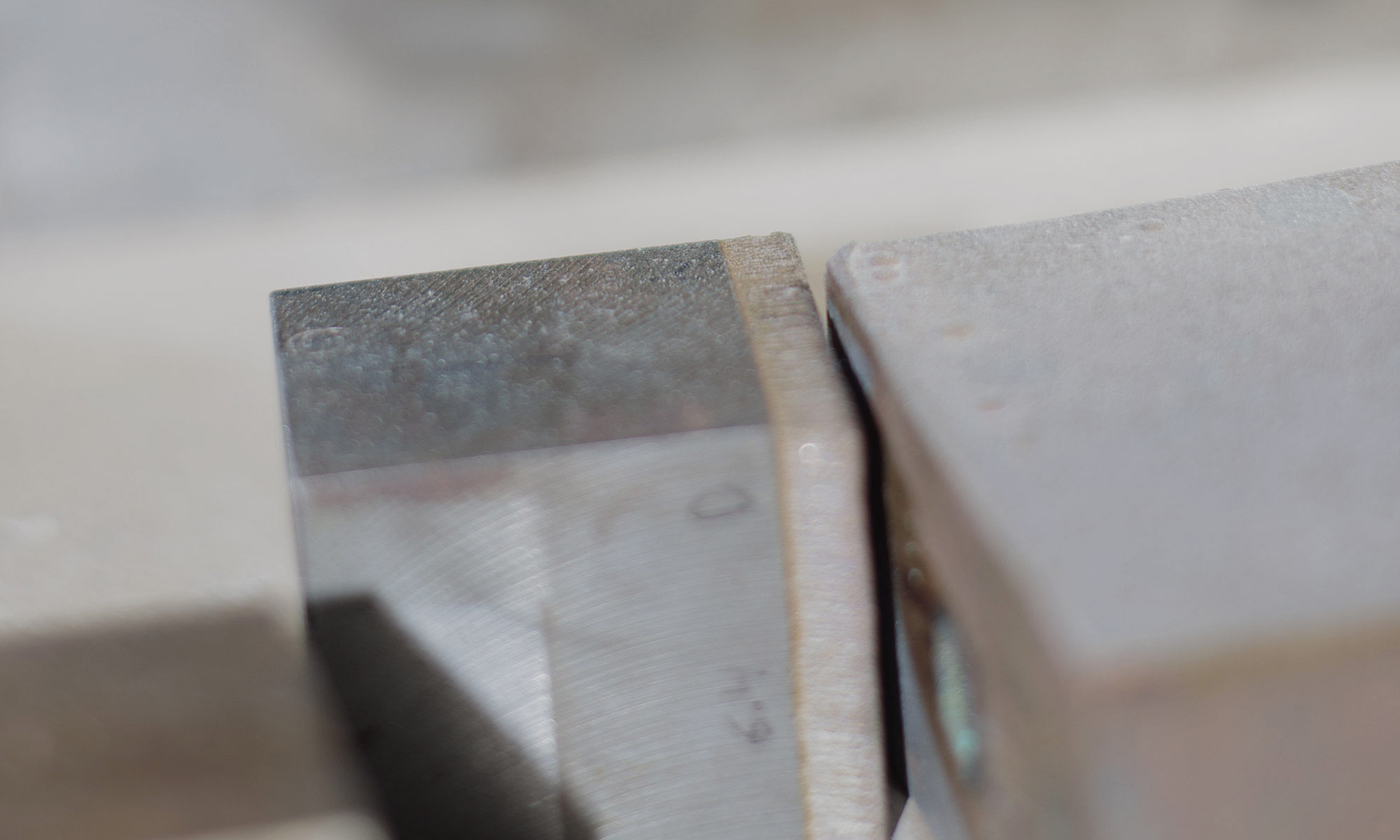Design and Optimisation of a Phased Array Transducer for Ultrasonic Inspection of Large Forged Steel Ingots
Frederic Dupont-Marillia, Mohammad Jahazi, Serge Lafrenier, Pierre Belanger | Department of mechanical engineering, École de technologie supérieure, 1100 rue Notre-Dame Ouest, Montreal, Quebec, Canada
Congratulations to Frederic Dupont-Marillia, R&D Project Manager at Nucleom & Post Doctoral Researcher at PulETS Laboratory, for his article publication in the Journal of Non Destructive Testing & Evaluation International (NDT & E International) (Vol. 103) DOI: 10.1016/j.ndteint.2019.02.007
Abstract
Large steel forgings are used in numerous industries. This paper investigates the possibility of adapting ultrasonic phased array testing to the inspection of forged steel blocks with dimensions of up to 1000 mm in every direction. The paper looks at two objectives in order to provide the best inspection performance: (1) the ultrasonic phased array probe optimisation and (2) the ultrasonic wave transmission sequence in a total focusing method imaging scenario. The CIVA software suite was used to optimize the phased array probe element count and width in a full matrix capture configuration. Based on the simulation results, a 32-element transducer was then built and tested in a 777 mm forged steel block using full matrix capture, plane wave and Hadamard transmission sequences. It was observed that plane wave and Hadamard sequences transmit significantly more energy inside the test sample because the elements are emitting simultaneously, therefore leading to an improved signal-to-noise ratio. However, the horizontal resolution was a strong limitation for every transmission sequence, especially for plane waves, because of the limited range of angles available in a block of large dimensions. The Hadamard transmission sequence was shown to represent the best compromise in terms of defect reflected amplitude, signal-to-noise ratio and resolution. The experimental results were compared with simulations and were found to be in very good agreement.

Copyright (2019) Journal of Non Destructive Testing & Evaluation International. This article may be downloaded for personal use only. Any other use requires prior permission of the author and the Journal of Non Destructive Testing & Evaluation International.
The following article appeared in the Journal of Non Destructive Testing & Evaluation International (NDT & E International) (Vol. 103) and may be found here.
